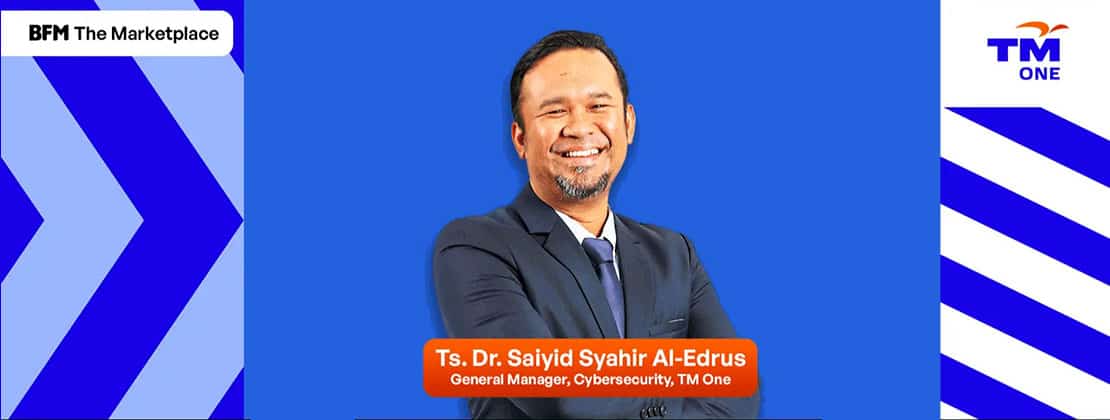
POS Malaysia Berhad is on a mission. From automation to improving connectivity, the country’s postal delivery service is racing to adopt technology to keep ahead of the surge in parcel deliveries spurred by e-commerce. Head of operations, Rahman Abbas, says that the number of packages that POS Malaysia deals with on a daily basis has more than tripled from 200,000 five years ago to almost 600,000 a day at peak today.
Relative to the tedious process of manual sorting, the group has increased efficiency by 70-80% after adopting LG CNS technology to sort parcels autonomously. The subsidiary of South Korea’s LG Corporation supplies the company with machinery and software for sorting.
The machines are fitted with optical character recognition (OCR) cameras that read parcel labels and determine where they are supposed to go, says Abbas. All that the mail staff need to do is correctly position items on the conveyor belt so that the labels can be read.
Despite this rapid digitalisation of postal processes, Abbas is upfront about “struggling” with parcel volumes in meeting service agreements. Not only are there a growing number of low-cost competitors, but inefficiencies such as frequent and numerous unsuccessful delivery attempts increase the load exponentially.
As Malaysia’s national postal service, the group’s remit and service expectations are mandated. “We can’t say no to deliveries if they’ve been requested, but other delivery services can work within whatever their capacity is,” says Abbas. We suffer penalties “from breaching service licence agreements with contract customers.”
The group’s most recent first quarter 2019 earnings results show operating profit plunging 74.4% to MYR 10 million from a year ago. Much of this loss can be attributed to postal services, the company’s second largest revenue generator, which made a loss of MYR 33 million for this quarter. POS Malaysia’s stock has fallen almost 50% in the past year.
While technology can be expensive to integrate, it also can create new business opportunities. According to a report by the U.S. Postal Service and IBM, the Internet of Postal Things could help protect postal companies by generating cost savings, operational efficiencies, and user value. Over time, it could also create new revenue opportunities and foster new business models. For example, a smart and sensor-connected mailbox that would allow larger parcels to be delivered securely, even without residents being home, and could notify recipients when a delivery is done. Postal services could generate revenue by renting the connected mailboxes to households. According to the report, France’s La Poste and mailbox manufacturer Renz have already successfully tested connected parcel buildings in a few buildings in Paris.
With the vast infrastructure that postal services have of both stationary and moving elements from post boxes to delivery vans, if these objects were able to “talk”, collect, and communicate data, this could create an information network to complement the physical network.
Malaysia’s Communications and Multimedia Minister Gobind Singh Deo said recently that the commercial use of drones in the postal and courier industry will be implemented in the next five years. POS Malaysia’s longer-term ventures also include drones, says Abbas, but concerns about the short battery life remain.
“Most drones have less than one hour of air time,” says Abbas. “So, the proximity of the drone towards the warehouse is a factor, and security is another one; kids with just a slingshot could take down a drone easily.” Abbas is also on the fence about autonomous delivery robots, noting that the technology backing these robots is not yet mature.
More promising is the ‘Internet of Postal Things’ actually helping with one of POS Malaysia’s most basic challenges, which is standardising addresses. “Sometimes in rural areas, we receive addresses like ‘the house behind the yellow building’ and if you aren’t familiar with the area you wouldn’t know where to go,” says Abbas.
In circumstances such as those, familiarity combined with technology could go a long way, so that the next generation of post-workers, drones, or delivery robots know exactly where that yellow building is.